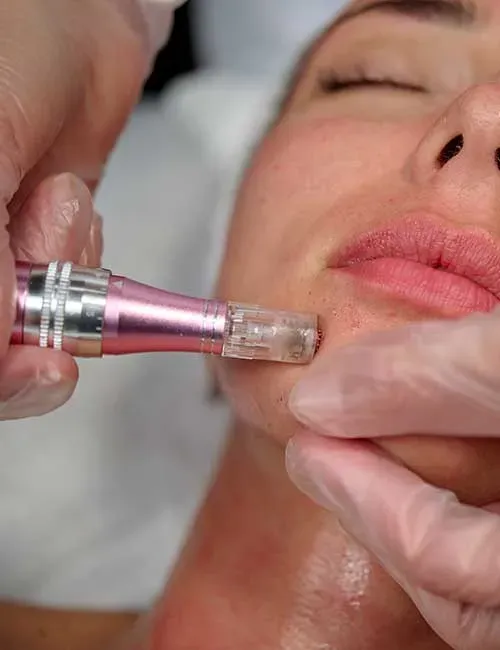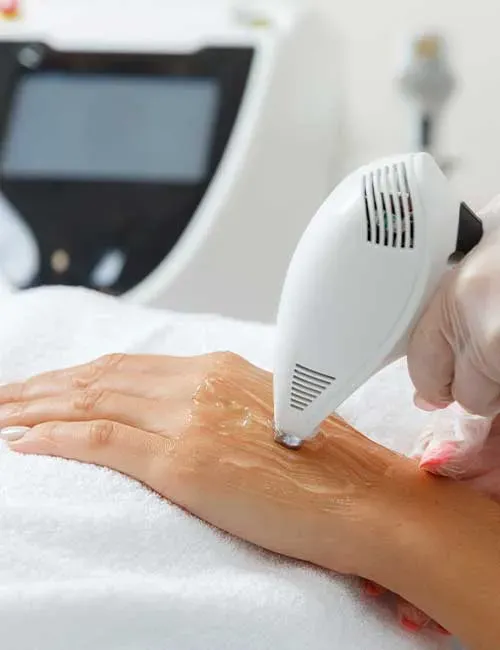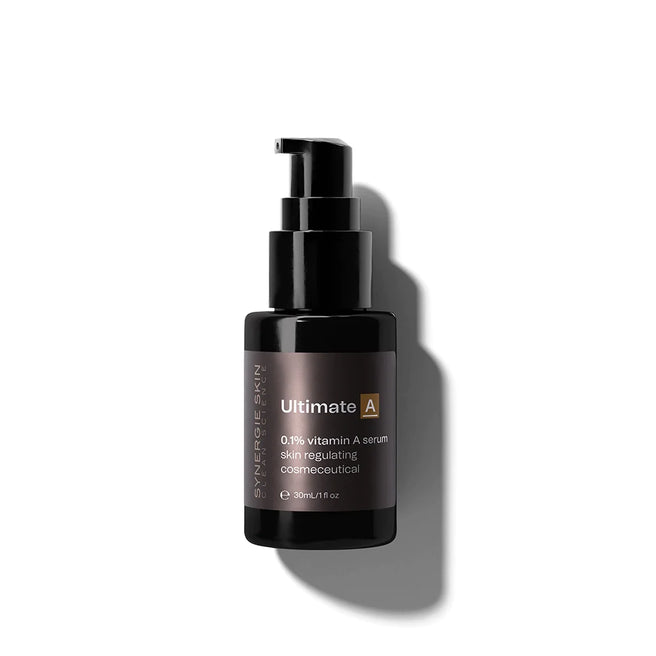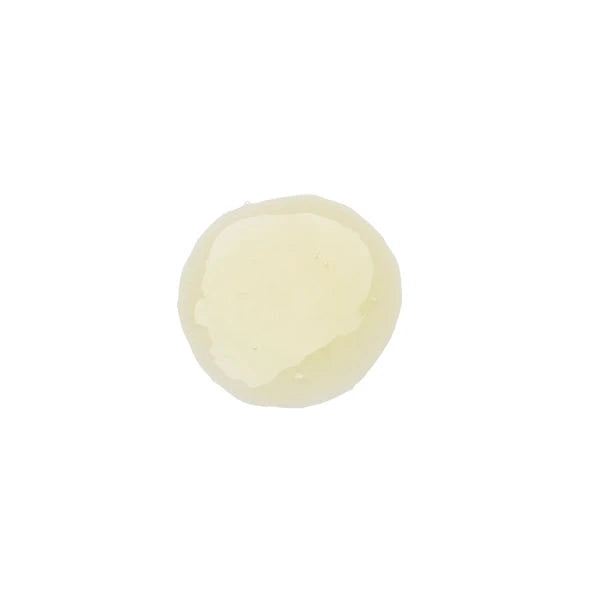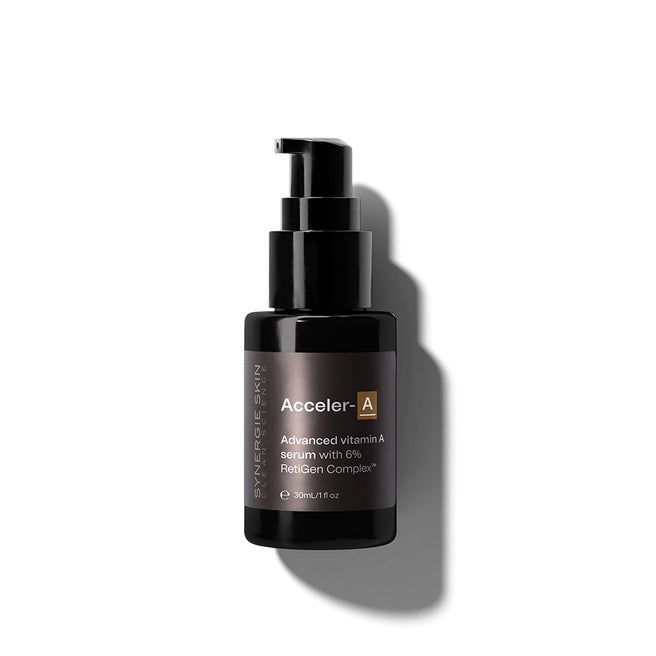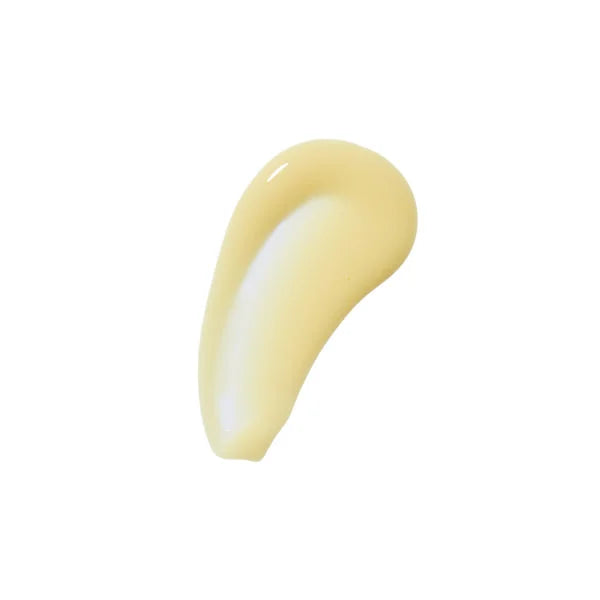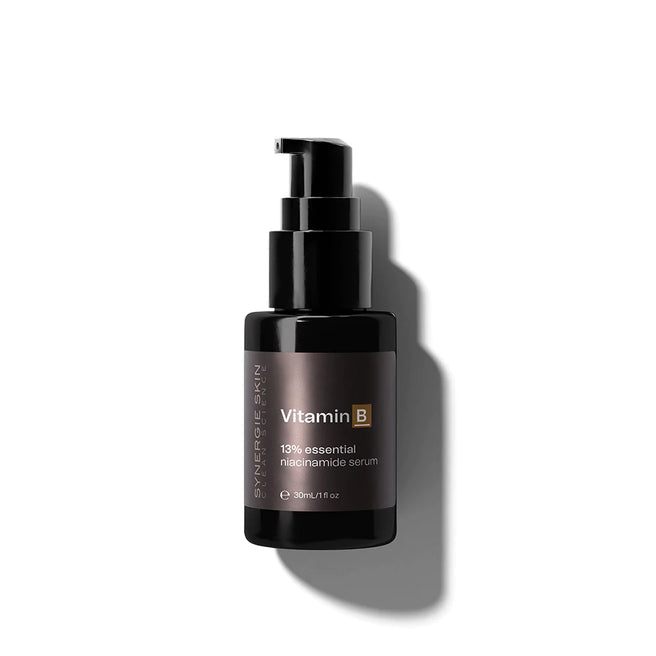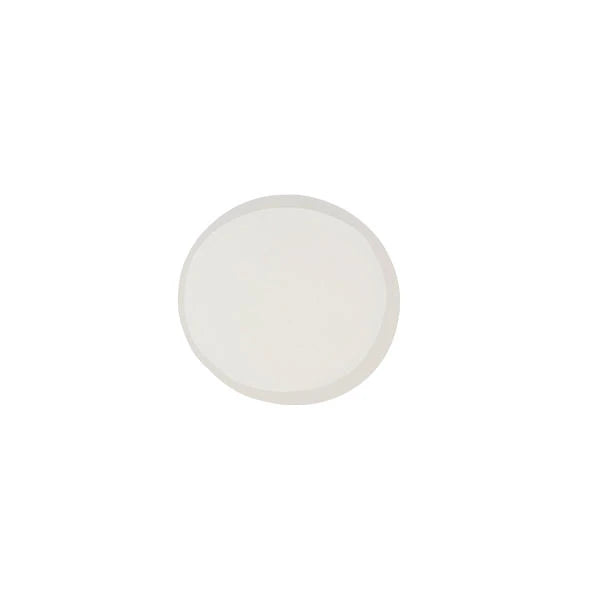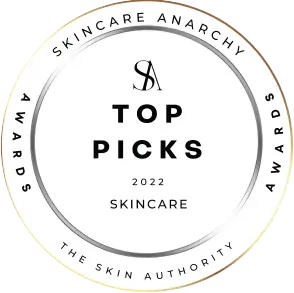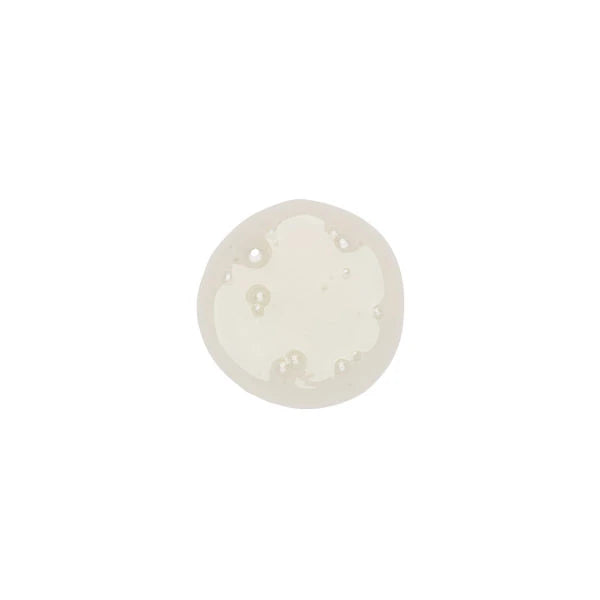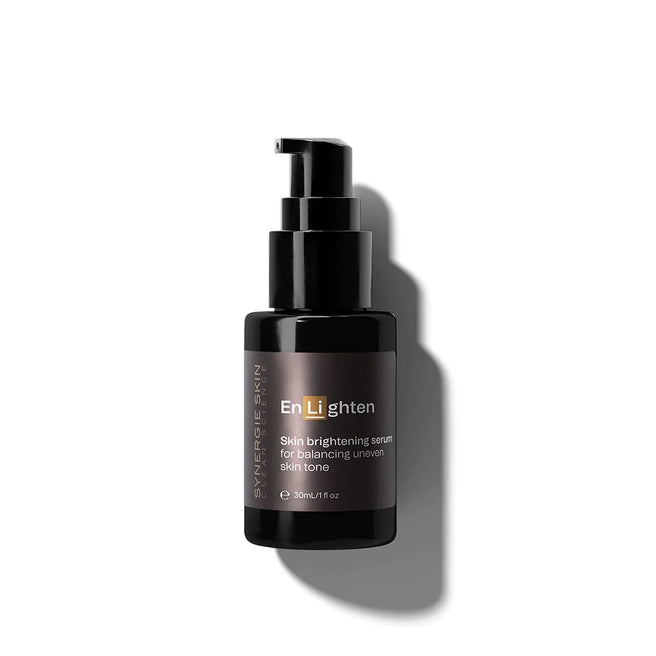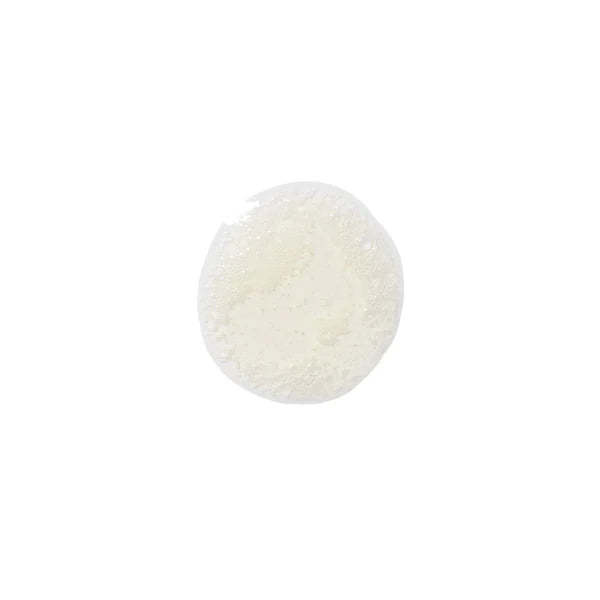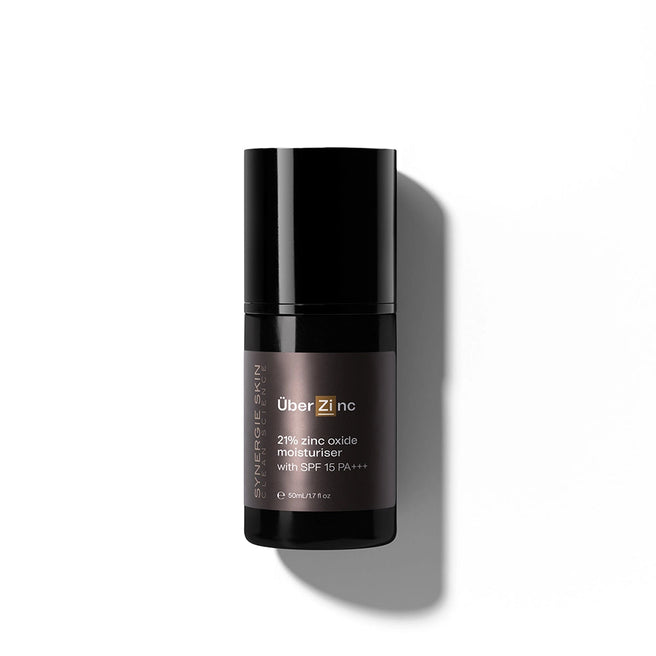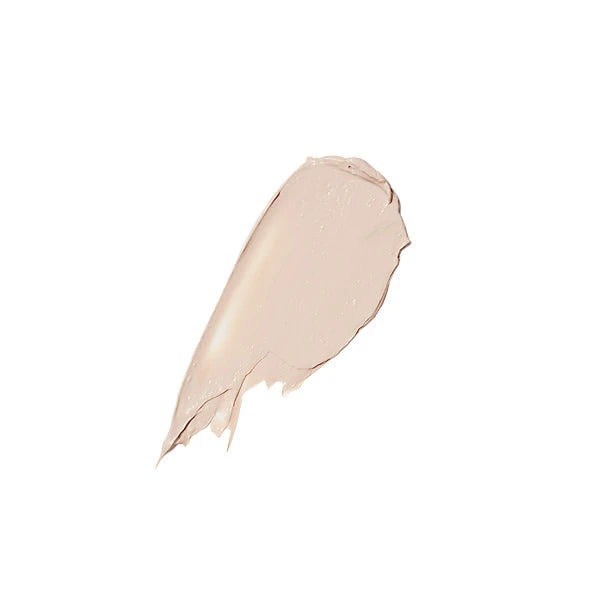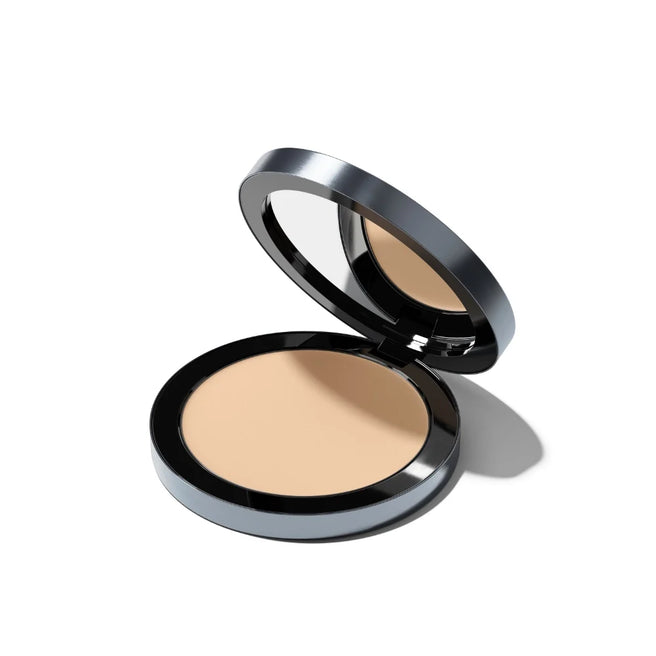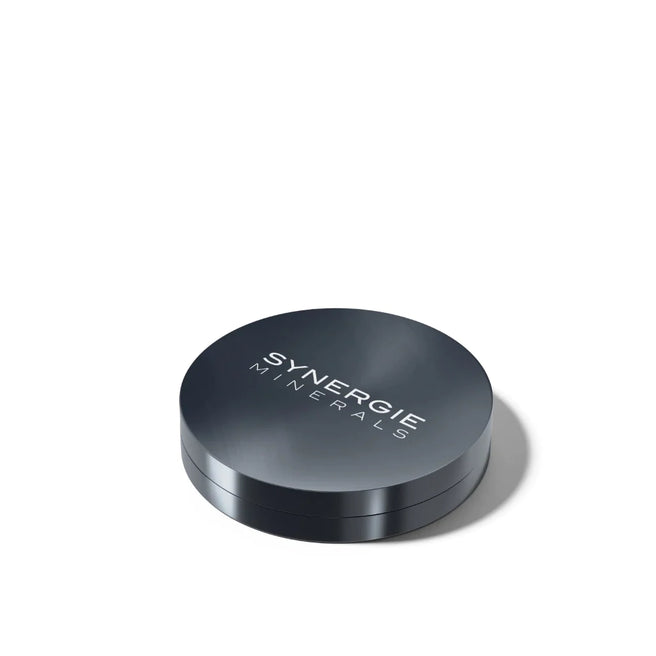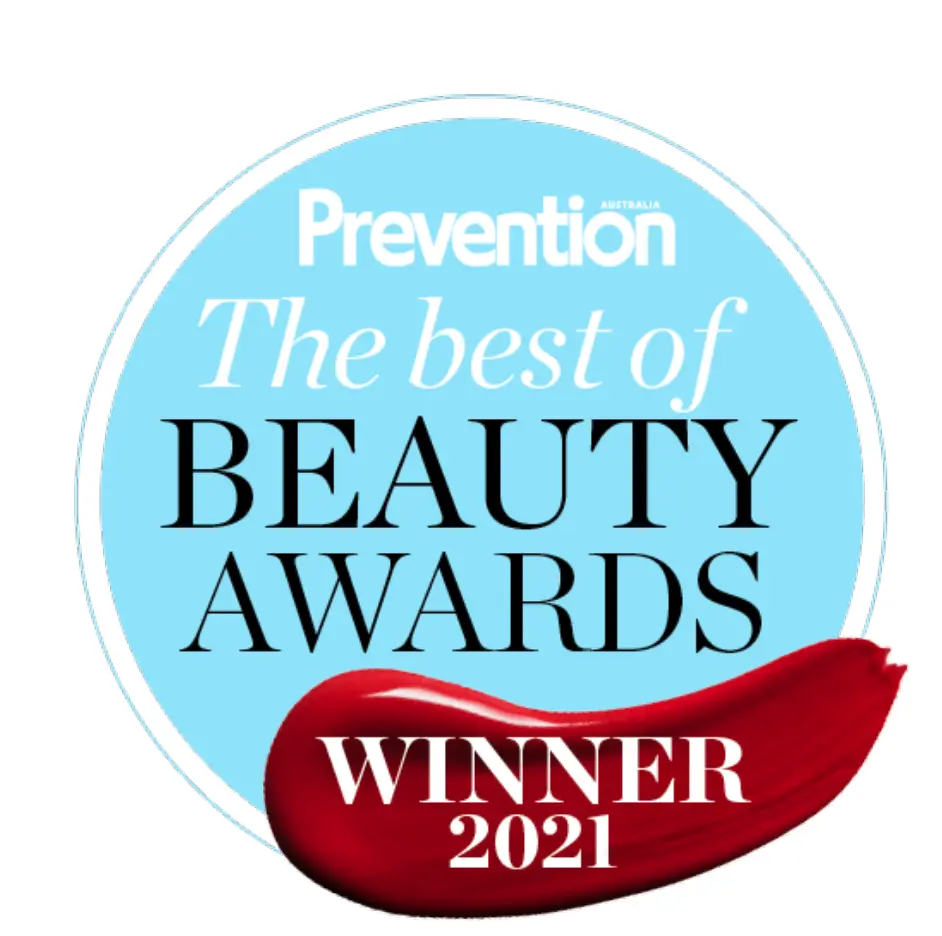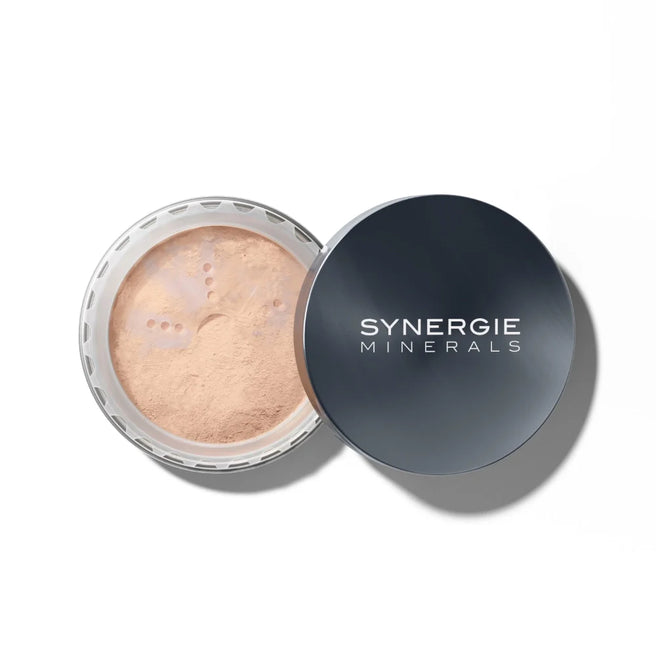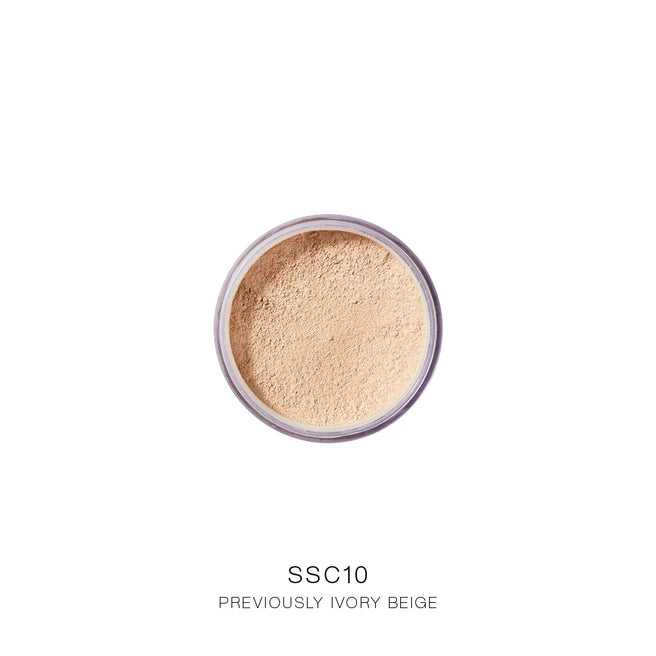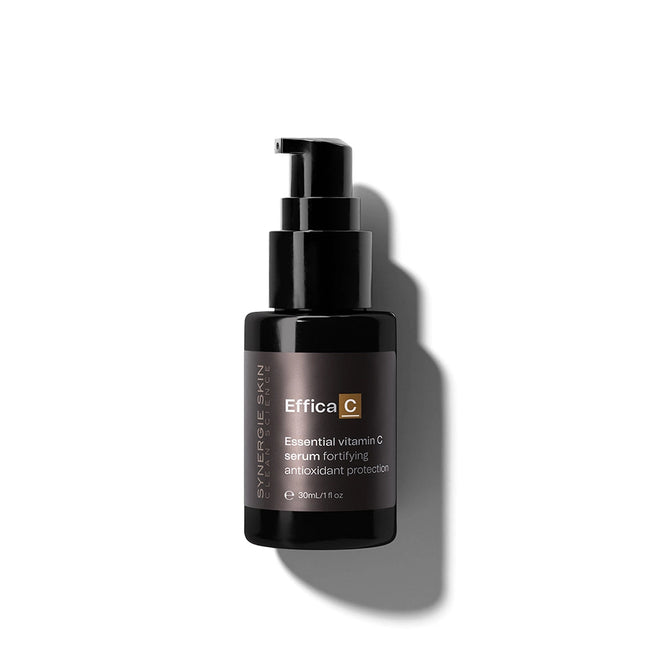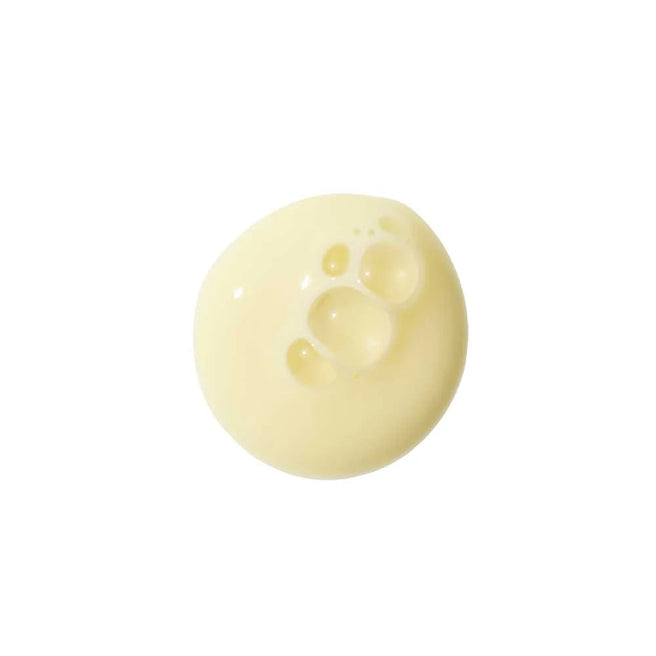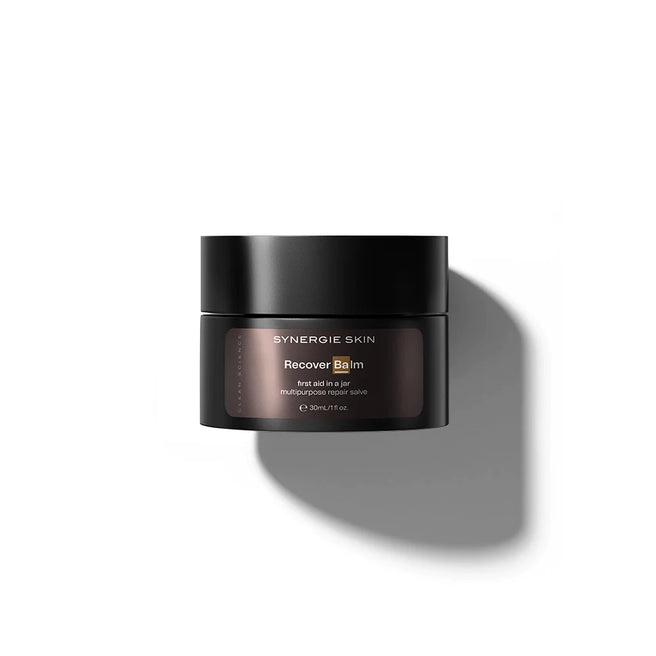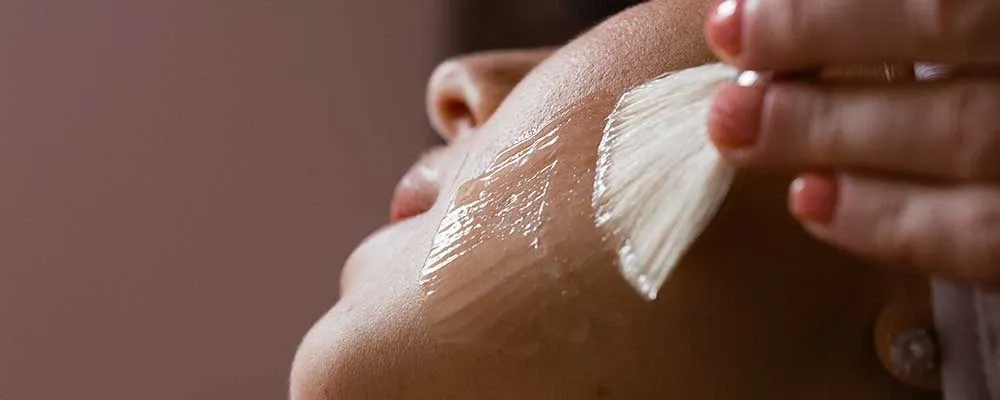
Whether your skin concern is ageing, hyperpigmentation, acne, or rosacea, to achieve results it is important to consider professional skin treatments in conjunction with home care. But how do you choose which skin treatment is best for you?
An appointment with your local skin specialist enables a tailored consultation for your specific needs and takes the guesswork out so you can achieve faster and more effective results. Let’s look at the difference between treatments and what may be more suitable to your skin concern.
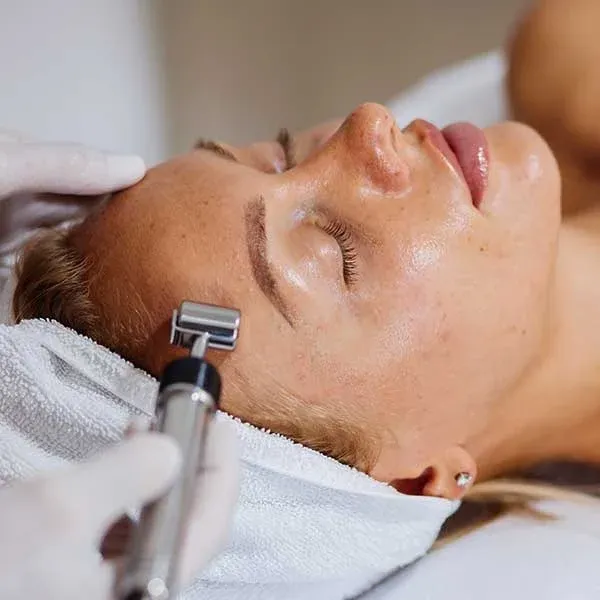
Medifacials
Medifacials are clinical-strength facial treatments that correct, strengthen, and restore the skin. This experience is completely customisable and usually combines a facial massage with infusion, offering maximum ingredient absorption for advanced rejuvenation results. Medifacials are a great option for those looking for a more relaxing treatment. They are ideal for all skin types, including dull skin in need of a boost of hydration, sun-damage control, reducing the severity of acne breakouts, rejuvenating fine lines, or correcting pigmentation.
Chemical Peels
Chemical peels can be formulated with many different resurfacing ingredients, but broadly speaking they are designed to revitalise texture by causing the skin to shed cells, promoting firmness and fewer fine lines. This shedding reveals fresh, bright skin and indirectly stimulates collagen production in the dermis. Chemical peels are a great option for those wanting to improve skin texture and fine lines, address acne and congested pores, and reduce sun damage and pigmentation. Peels are not one-off treatments and usually require a commitment to a series of at least 3 fortnightly treatments for the best skin results. Regular clinical peels will clear stubborn and problematic skin, and leave your complexion refined, firm, smooth, and bright. Stick with it, the results are phenomenal.
What are the best ingredients for peels?
Enzyme peels offer many benefits for the skin and are often an entry level peel for someone new to chemical peeling treatments. Enzymes are naturally derived from fruits and plant resources. The best plant-based proteolytic enzymes are papain from papaya and bromelain from pineapple. In terms of AHAs, Synergie Skin offer professional peel treatments that are formulated with lactic, malic and mandelic acids over glycolic acid. This is because lactic, malic and mandelic acids have larger molecules than glycolic acid and are therefore less likely to penetrate the epidermis and cause skin irritation. In addition, these AHA peel agents offer an array of skin benefits, such as lactic acid, as it is a natural skin hydrator and is less likely to cause surface dryness. Salicylic acid, a BHA, is a great peel agent due to its ability to penetrate the pore and reduce inflammation, making it ideal for treating acne. Even sensitive skin will benefit from a low-level salicylic acid peel (5% or less). Kojic acid is known best for its pigment fighting properties and lightening effects, it is used to treat skin conditions such as sun damage, scars and age spots. Resorcinol, which is featured exclusively in our Synergie Modified Jessner Peel, is a powerful peel agent that provides overall skin brightening and textural improvement to the skin.
Superficial peels
Peels can be superficial, meaning they only resurface the epidermal layers of the skin to remove surface dead skin cells. They use ingredients such as lactic, glycolic, mandelic and malic acids (AHAs), salicylic acid (BHA), and kojic acid. Superficial peels are ideal for addressing mild acne breakouts and congestion, blocked pores, mild sun damage, and for rejuvenating superficial fine lines.
Medium peels
Medium peels penetrate deeper than superficial peels, exfoliating beyond the epidermis and reaching the upper dermis. They use higher percentages of acids within their solution and utilise ingredients such as lactic acid (AHA), salicylic acid (BHA), kojic acid, and resorcinol, all commonly found in Modified Jessner Peel solutions. Medium peels are ideal for treating acne scars, rejuvenating fine lines and wrinkles, and correcting stubborn uneven skin tone such as hyperpigmentation.
Deep peels
Deep peels penetrate to a deeper level than medium peels, to reach and treat the lower layers of the skin. Deep peels are designed to address persistent or challenging skin concerns. As the skin recovers with new collagen and other dermal fibres, skin discolouration and texture can be significantly improved. Deep peels can result in serious side effects, so they should only be performed by trained medical practitioners. Generally, only one deep peel is recommended, and recovery time is extensive. Deep peels use more intense ingredients such as phenol and trichloroacetic acid (TCA), and this level of peel would not be suitable for darker skin tones.
Laser treatment
Lasers use highly specific wavelengths of light to target skin concerns. Different light wavelengths have different effects on the skin. In general, lasers are more targeted at addressing deeper lines, severe pigmentation, deeper scars, redness, and visible blood vessels. Some lasers target the brown pigment associated with uneven skin tone, sun damage and age spots. Other lasers target redness, rosacea, and visible fine blood vessels. Ablative and fractional (semi-ablative) lasers on the other hand, work in such a way that it completely or partially removes the outer layer of skin (epidermis) and heat the deeper layer of the skin (dermis). As the skin heals and regenerates, more collagen is produced in the dermis and this improves the surface texture of the skin, so that it appears smoother and firmer. Although this is a fantastic anti-ageing treatment, downtime is also an important consideration, so be sure you understand the likely outcomes and recovery times for all treatments and the effect this can have on your social life. Samantha from Sex and the City was not a good look! Laser is highly effective but highly dependent on the operator, so do your research to ensure your skin specialist is fully trained and works with a trusted skin clinic. Lasers are generally more expensive than peels, but results can be achieved with fewer treatments.
IPL
Intense Pulsed Light (IPL) is a type of light therapy used by skin therapists and medical practitioners to treat the skin in several ways, including hair removal, hyperpigmentation and sunspots, fine lines and wrinkles, visible skin redness due to damaged capillaries, and reducing acne breakouts on the skin. The light is attracted to specific target (chromophores) in the skin. A chromophore provides colour to the skin, whether that be red from blood vessels, brown from melanin (skin pigment), or yellow from collagen. IPL can target these areas by penetrating the deeper layers of the skin. Prior to treatment your clinician will recommend you avoid exposure to sunlight in the weeks leading up to your treatment as this can lead to epidermal damage and postinflammatory hyperpigmentation (PIH) when you have the IPL treatment. To prepare your skin, your clinician will also advise specific skincare products be used 2-4 weeks leading up to your treatment to assist in the best possible treatment result and reduce the risk of PIH. IPL is not advised for darker skin types. Depending on your skin concerns and the area being treated, 4-6 treatments would be recommended for the face and neck, and up to 12 treatments for hair removal.
Following the treatment, your clinician will also advise post-care products such as Synergie Skin’s AfterCare to cool and soothe your skin while supporting the healing process. Synergie Skin’s Vitamin B and Recover Balm are also recommended to repair and protect the barrier. Depending on the intensity of treatment, the skin will feel warm and even swollen for a few hours post-treatment, and can be sensitive for a couple of days. Ultimately, these light therapy treatments provide noticeable results and have minimal skin recovery time. Prior to commencing any course of IPL treatments, it is important to have a thorough consultation and skin analysis as well as professionally recommended pre- and post-treatment skincare.
Skin needling (CIT)
Skin needling, which is often referred to as Collagen Induction Therapy (CIT), is a minimally invasive skin rejuvenation treatment that should be performed by qualified skin specialists. A skin needling device creates a controlled injury to the deeper dermis, and though only a fraction of the skin is injured, a significant healing response is triggered to instigate cellular regeneration and collagen production. This treatment is excellent for reducing fine lines around the eyes and mouth, and deeper treatments can produce significant results for scarring. Depending on the intensity of treatment, downtime can vary but generally a few days of redness and inflammation with minimal side effects can be expected. It is recommended to have a series of 8-10 fortnightly to monthly treatments for optimal results.
How to prepare skin before a clinical treatment
The results of clinical skin rejuvenation treatments, such as chemical peels and laser treatments, can be accelerated and enhanced when used in conjunction with cosmeceuticals. This multifaceted approach not only equates to optimum outcomes, but it is also the safest method to adopt. Preparing the skin prior to a peel or laser treatment can reduce postinflammatory hyperpigmentation, optimise cellular function and communication to allow the skin to recover faster and more effectively post-treatment. The Synergie Skin ingredients that are essential prior to a clinical treatment are:
- Vitamin A in the form of stabilised retinol, such as Ultimate A, or hydroxypinacolone retinoate (HPR), such as Acceler-A
- Niacinamide such as Vitamin B or XCell B
- Vitamin C in the form of L-ascorbic acid, such as Pure C Crystals, or 3-O ethyl ascorbic acid, such as EfficaC
- Physical solar protection, such as ÜberZinc, or Synergie Minerals foundations
- Pigment inhibiting ingredients in the form of tranexamic acid found in EnLighten should also be considered when treating hyperpigmentation disorders and higher Fitzpatrick skin types
Before commencing any skin treatments, a detailed consultation with your skincare professional is essential. To experience an exclusive Synergie Skin skin treatment, find your nearest clinic here.



